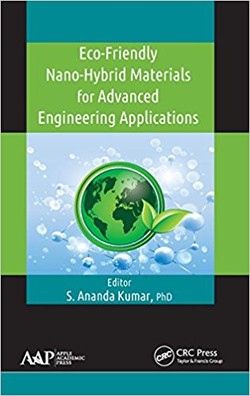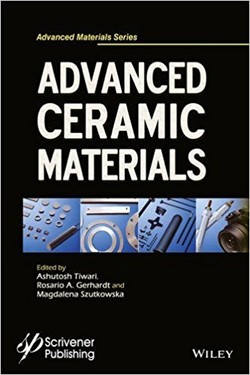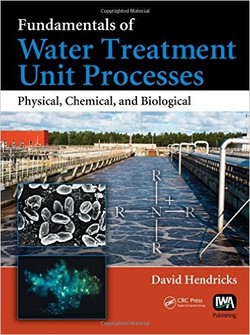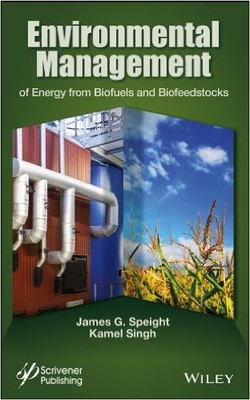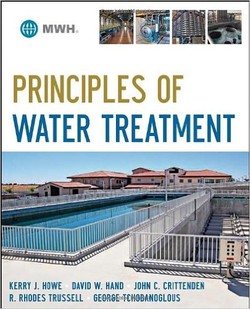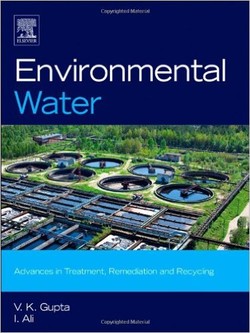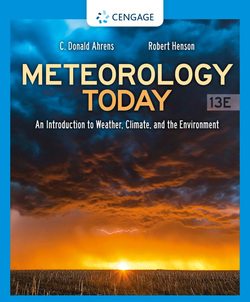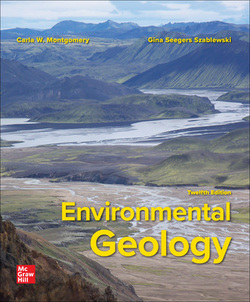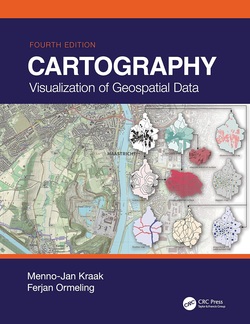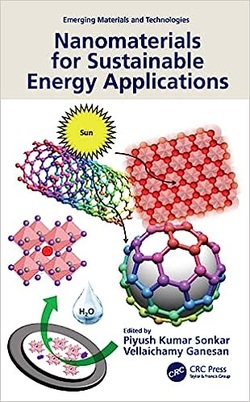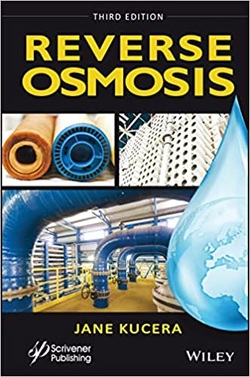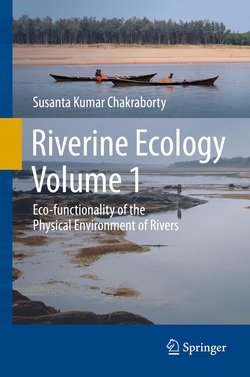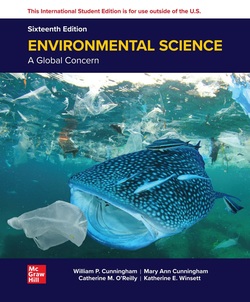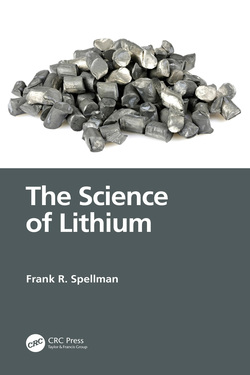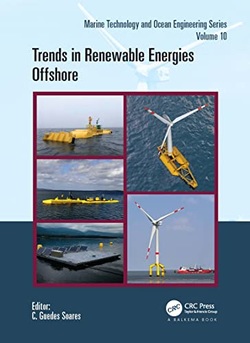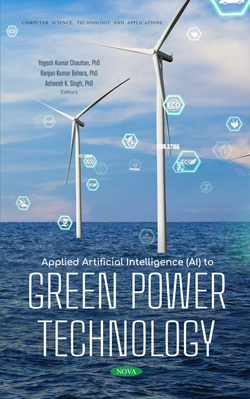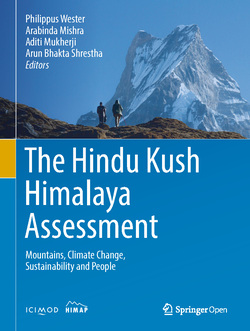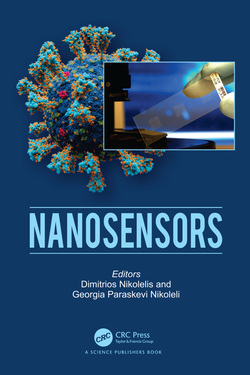این کتاب یک راهنمای جامع در بین سری کتابهای مهندسی محیط زیست میباشد که به ایجاد یک بینش انتقادی نسبت به مهندسی کاهش آلودگی پرداخته است.
این مجموعه برجسته از روشهای مهندسی محیط زیست، به عنوان مروری بر سیستمهای مهندسی فعلی همانند توانایی سیستمها در کاهش آلودگیهای محیط زیست، طراحی شده است. بخش تخصصی نویسندگان در این کتاب نگاهی به طیف وسیعی از موضوعات ازجمله اصول و فرآیندهای بیولوژیکی، عکسالعملهای زیستی در محور عمودی، عکسالعملهای زیستی غشائی، ترکیب نیتراتسازی، و بسیاری مباحث دیگر دارد. این کتاب قابل استفاده به عنوان کتاب درسی در سطوح کارشناسی و کارشناسی ارشد و سطوح پیشرفتهتر میباشد و مرجعی جامع برای دانشجویان رشته مهندسی محیط زیست خواهد بود.
این مجموعه برجسته از روشهای مهندسی محیط زیست، به عنوان مروری بر سیستمهای مهندسی فعلی همانند توانایی سیستمها در کاهش آلودگیهای محیط زیست، طراحی شده است. بخش تخصصی نویسندگان در این کتاب نگاهی به طیف وسیعی از موضوعات ازجمله اصول و فرآیندهای بیولوژیکی، عکسالعملهای زیستی در محور عمودی، عکسالعملهای زیستی غشائی، ترکیب نیتراتسازی، و بسیاری مباحث دیگر دارد. این کتاب قابل استفاده به عنوان کتاب درسی در سطوح کارشناسی و کارشناسی ارشد و سطوح پیشرفتهتر میباشد و مرجعی جامع برای دانشجویان رشته مهندسی محیط زیست خواهد بود.
سال انتشار: 2009 | تعداد صفحات: 752 | حجم فایل: 11.88 مگابایت | زبان: انگلیسی
Advanced Biological Treatment Processes, Volume 9
نویسنده:
Lawrence K. Wang, Nazih K. Shammas, Yung-Tse Hung
ناشر:
Humana Press
ISBN10:
1588293602
ISBN13:
9781588293602

